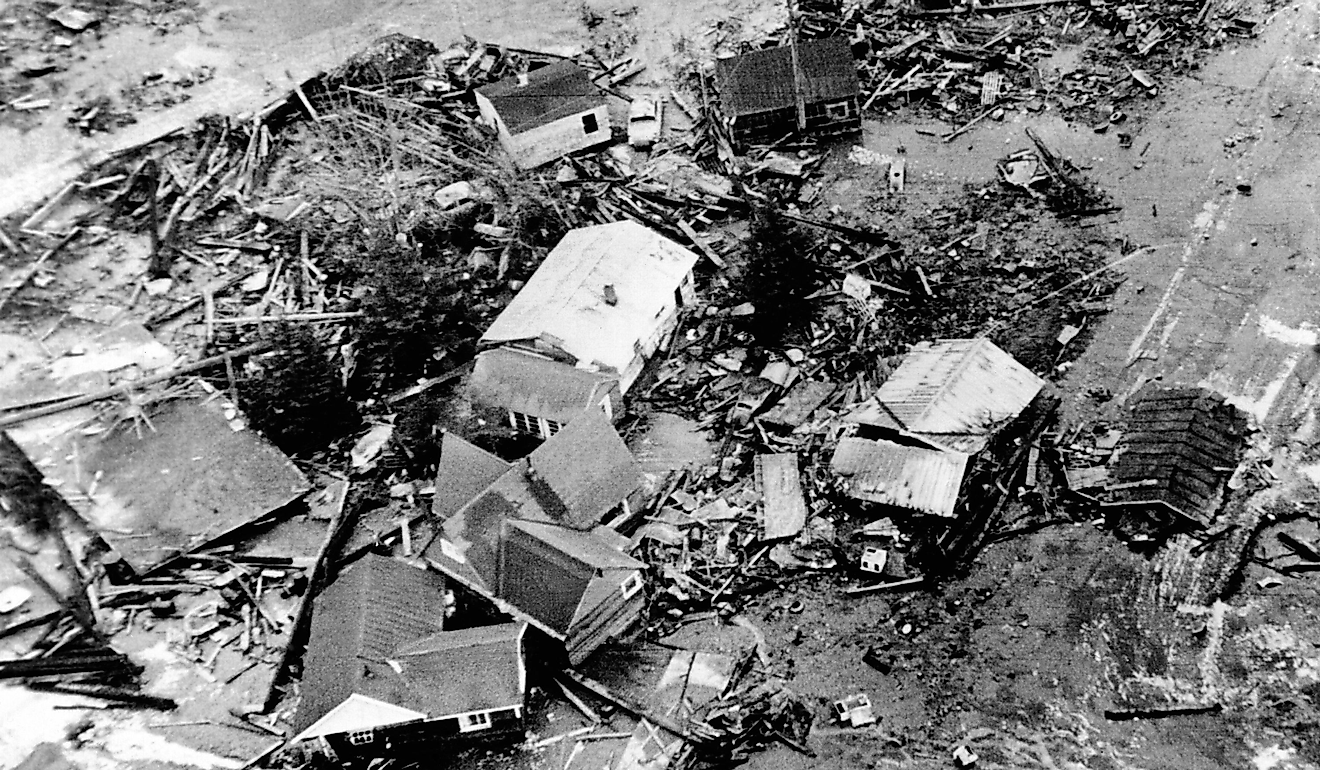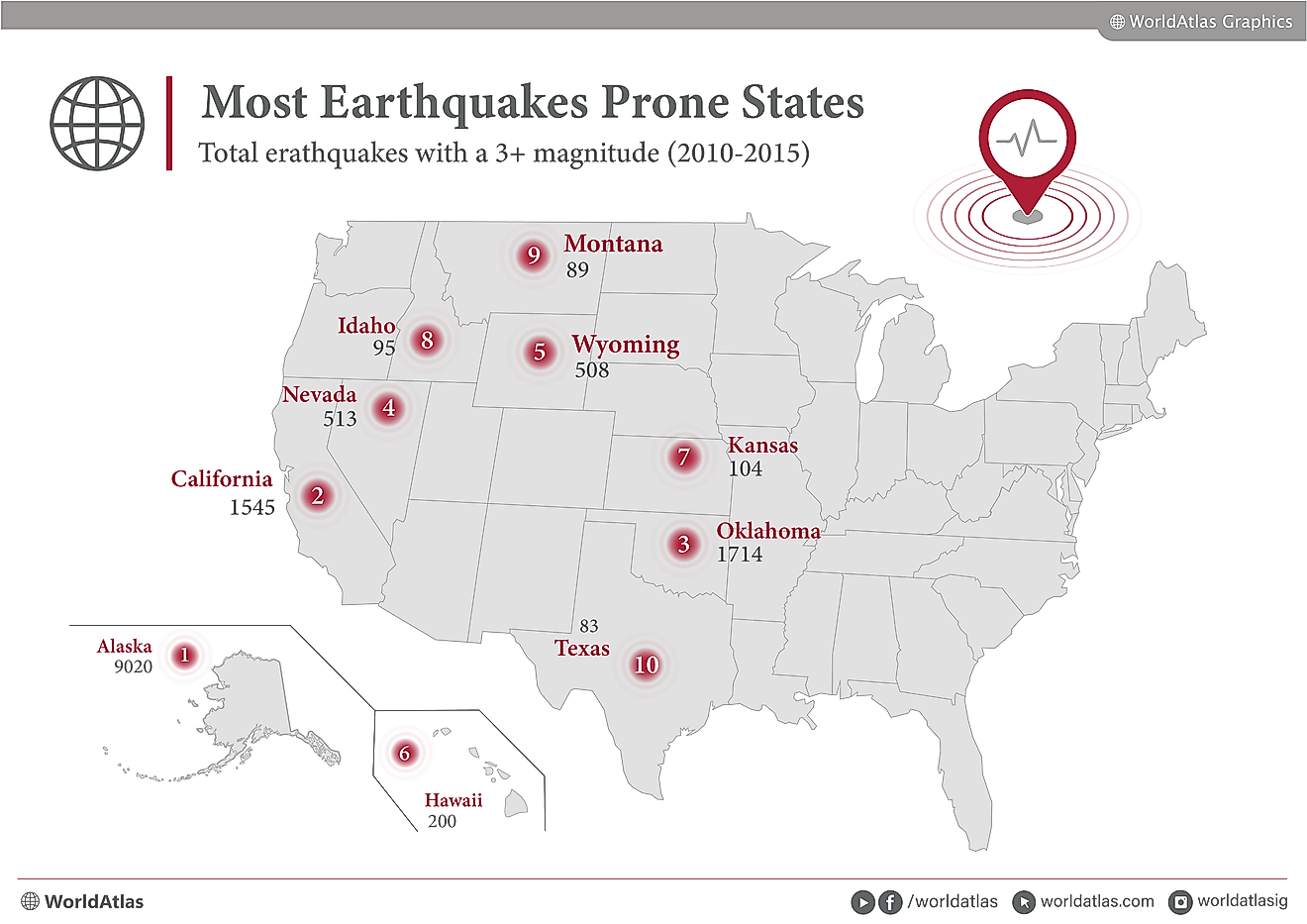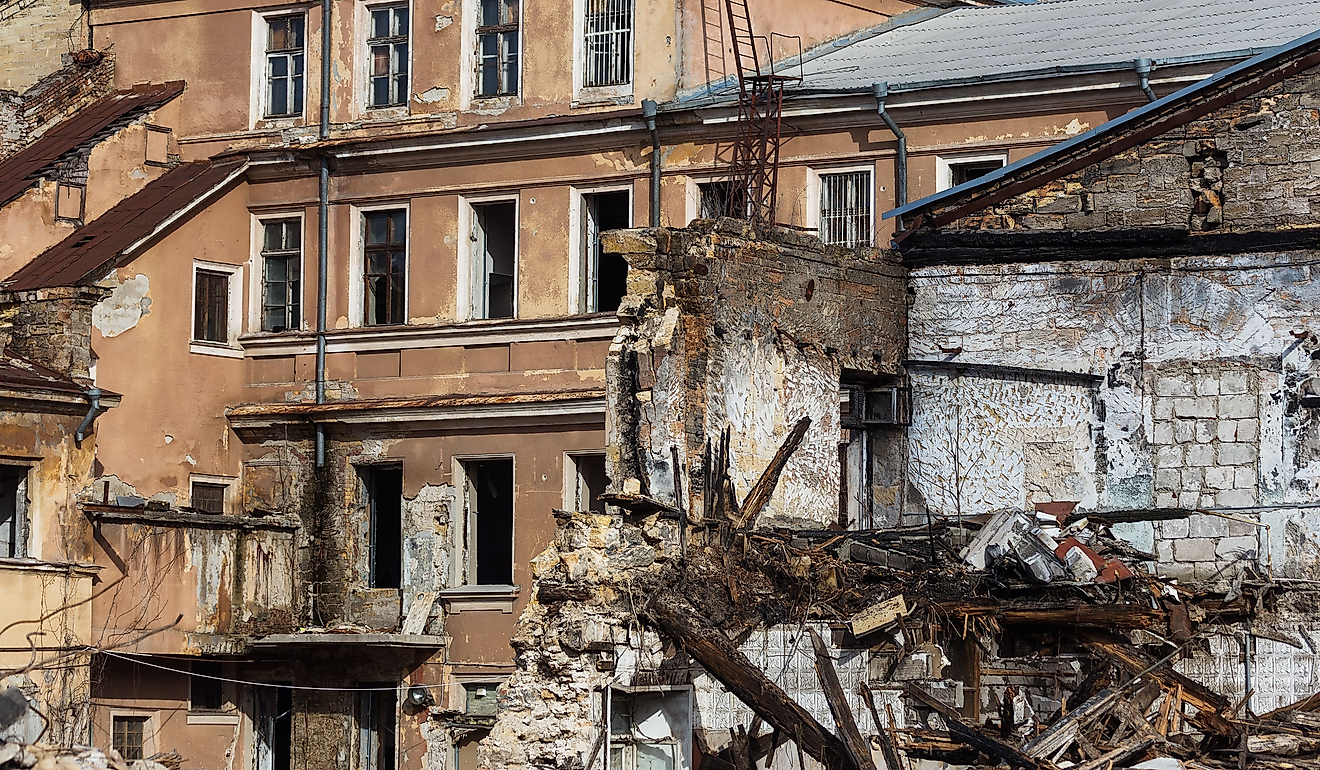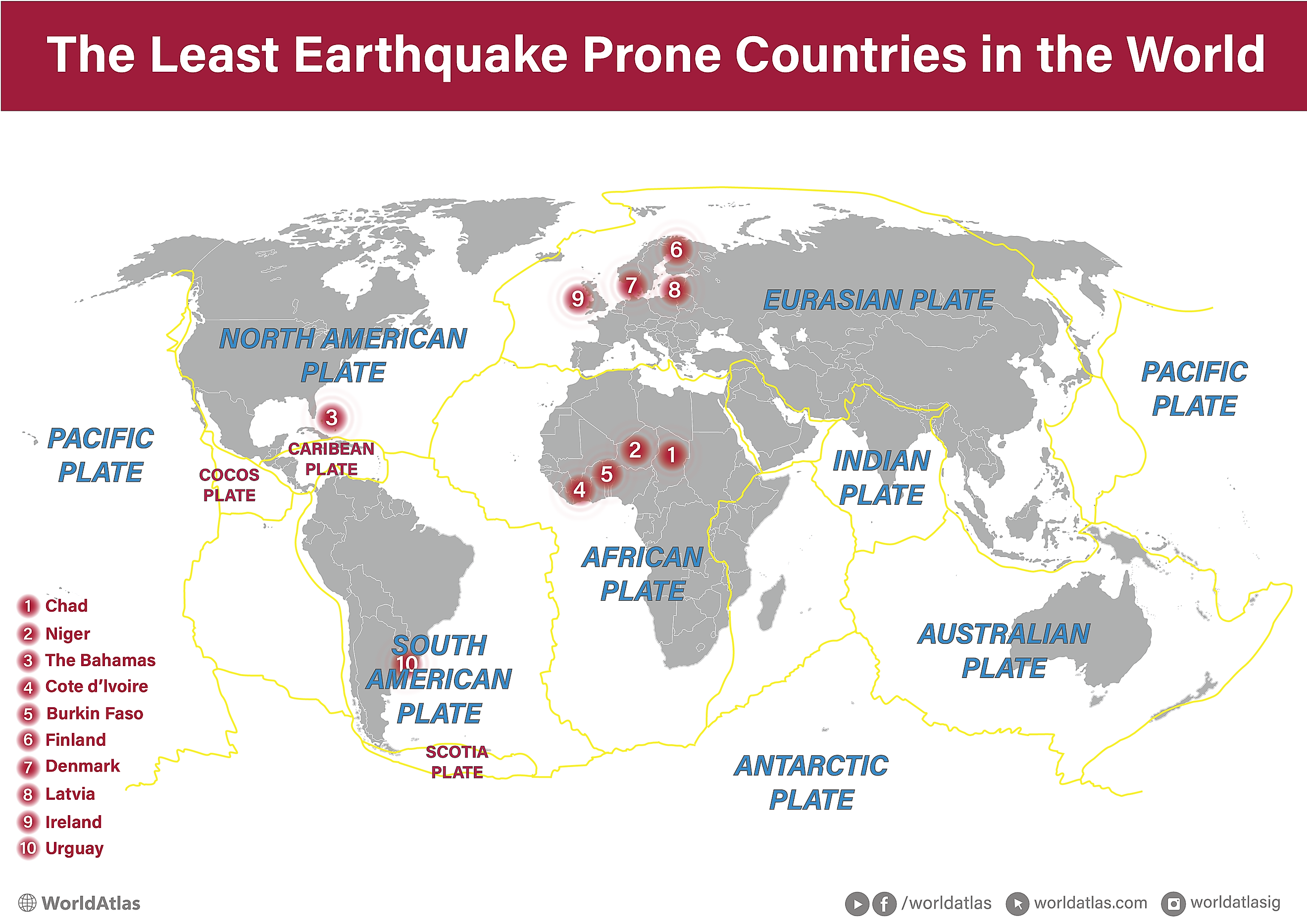
What Countries Have The Least Risk Of Earthquakes?
Damaging infrastructure and homes, and sometimes even causing deaths, earthquakes are among the few natural phenomena that humans still have no way to predict, leaving us vulnerable to their potentially sudden and devastating impact. Additionally, economists estimate that earthquakes cost an average of $45 billion to the global economy every year, highlighting the immense financial burden they impose on countries worldwide. While we cannot predict or prevent earthquakes, we can be prepared for them by understanding where they frequently occur, as well as areas where they are less common. Chad, Niger, The Bahamas, Côte d'Ivoire, Burkina Faso, Finland, Denmark, Latvia, Ireland, and Uruguay are at the least risk of earthquakes because they are the farthest away from active fault zones, and they do not routinely experience nuclear testing, underground movements such as hotspots, or extreme human activity like mining and hydraulic fracking. However, it is crucial to note that even countries with low earthquake risk aren't immune to other natural disasters, such as floods, wildfires, and droughts. Keep reading to explore the 10 countries least vulnerable to earthquakes and understand the array of natural phenomena that impact them.
1. Chad
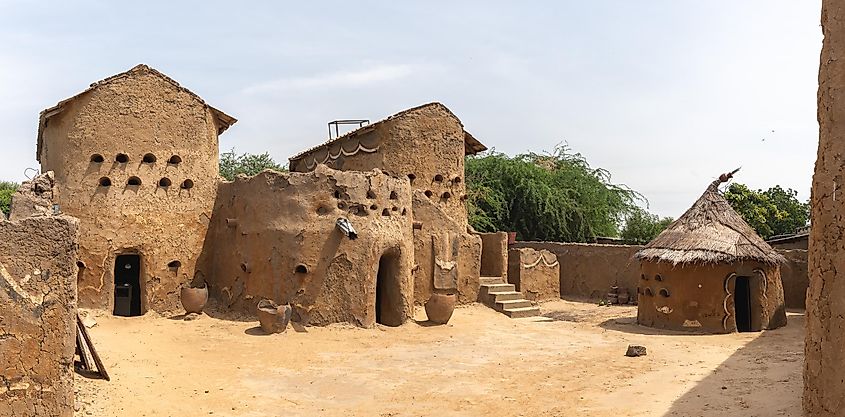
Located in north-central Africa, Chad, a flat country composed of low plains, is at extremely low risk for earthquakes and sits very far from major fault lines. The nearest fault line is the African and Arabian plate boundary, approximately 1,300 miles (2,100 kilometers) away. Most of Chad’s neighboring countries are also at extremely low or low risk. Despite its low earthquake risk, Chad is still highly prone to a variety of other natural disasters, including floods, droughts, and wildfires. In 2022, catastrophic floods destroyed over 50,000 houses and the deaths of at least 22 people.
2. Niger
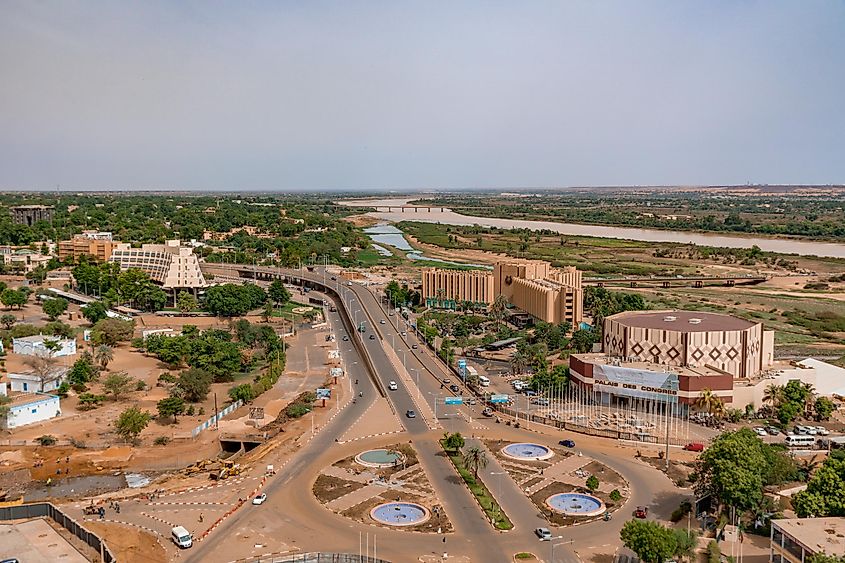
Neighboring Chad, Niger is also not on any major fault lines and is at an extremely low risk for earthquakes. The nearest fault line, the Eurasian and African Plate boundary, sits at a distance of approximately 1,500 miles (2,400 kilometers). Niger is at extremely high risk for other natural disasters such as floods, droughts, and wildfires. Climate change in recent years has caused increased water scarcity, longer dry seasons, and higher temperatures that may result in forced migration in the coming years.
3. The Bahamas
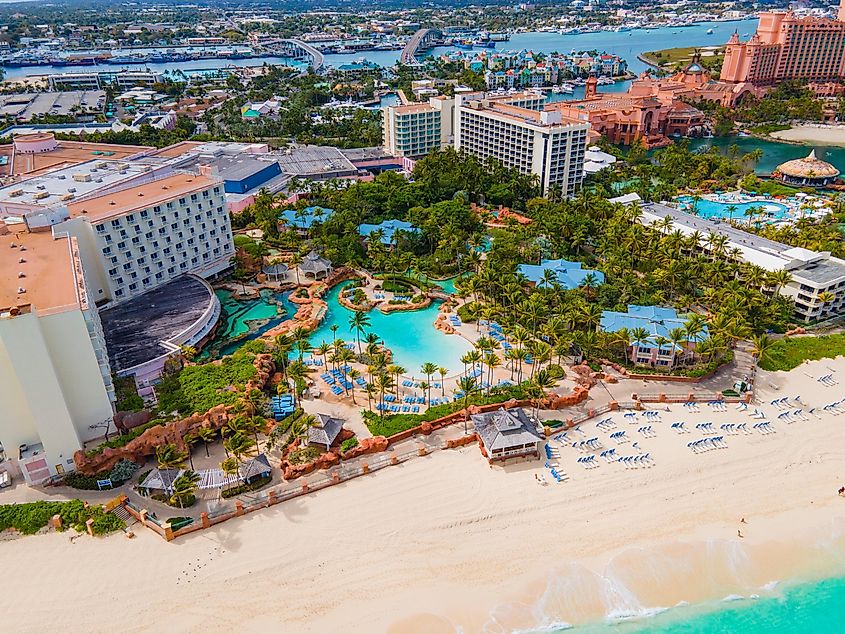
The Bahamas is fairly far from major fault lines, with the nearest plate boundary between the North American and Caribbean plates being about 300 miles (480 kilometers) away. However, this fault line that affects other Caribbean countries can cause the very rare temblor to be felt in the Bahamas as well. While not at risk for earthquakes, The Bahamas is at very high risk for coastal floods and cyclones. Additionally, due to its proximity to other earthquake-prone countries, The Bahamas is at medium risk for tsunamis, especially in the country’s low-lying areas.
4. Côte d'Ivoire
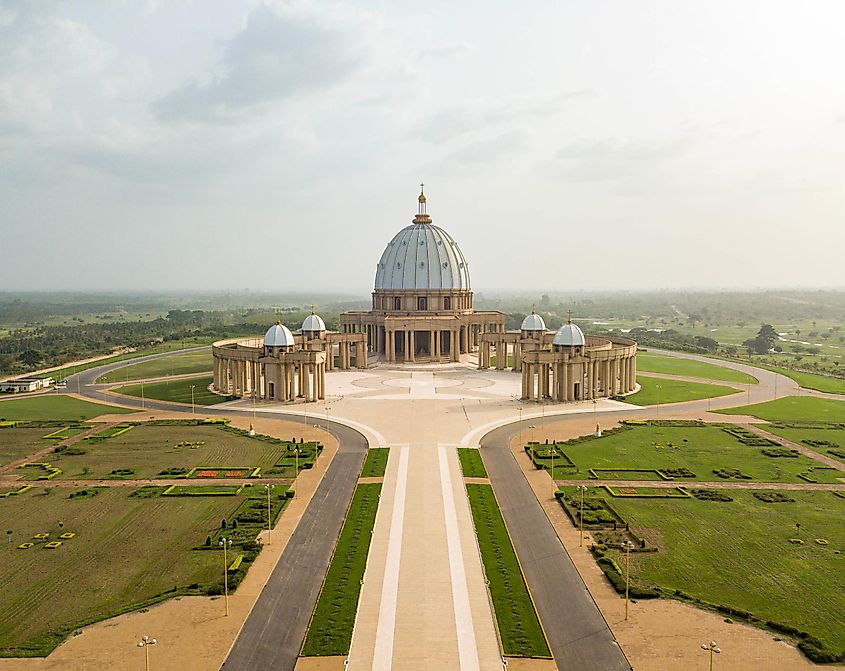
Côte d'Ivoire, or the Ivory Coast, is located on the west coast of Africa and has very little recorded earthquake activity. The nearest major fault line, the African Plate and South American Plate boundary, is in the Atlantic Ocean, about 800 miles away. Despite the lack of earthquake risk, Côte d'Ivoire has many other natural disaster risks similar to those of the other African countries on this list, including wildfires, floods, water scarcity, and extreme heat. Torrential rains in 2022 caused massive floods, damaging nearly 2,000 households and killing at least 15 people, showing the gravity of these natural disasters in the country.
5. Burkina Faso
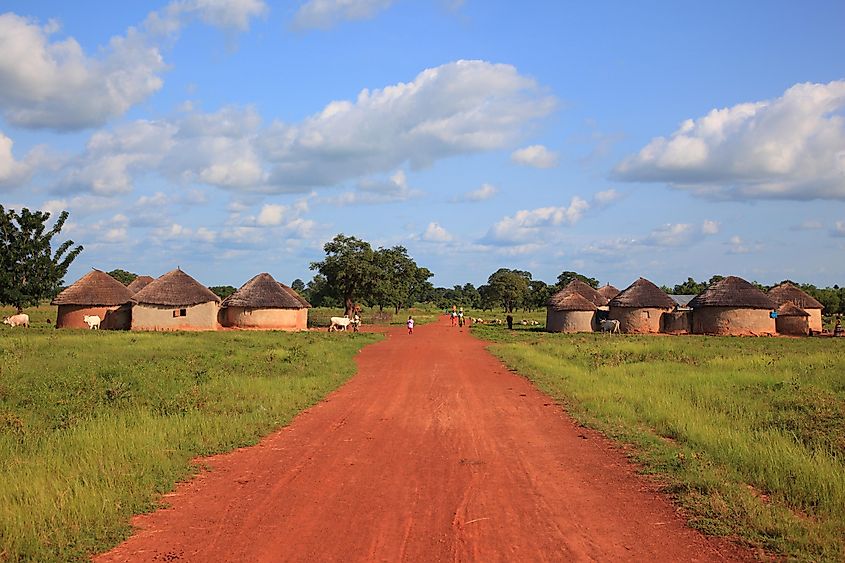
Burkina Faso is a landlocked country in West Africa, neighboring two other countries on this list, Côte d'Ivoire and Niger. The nearest plate boundary to Burkina Faso is the same as Côte d'Ivoire’s and sits approximately 1,200 miles (1,930 kilometers) from the country. In terms of other natural disasters, Burkina Faso is at high risk for floods, wildfires, and droughts. Additionally, climate change has impacted Burkina Faso at an especially intense rate, with temperature increases happening at 1.5 times that of the global average and dry seasons becoming increasingly longer, dramatically affecting crop yields.
6. Finland
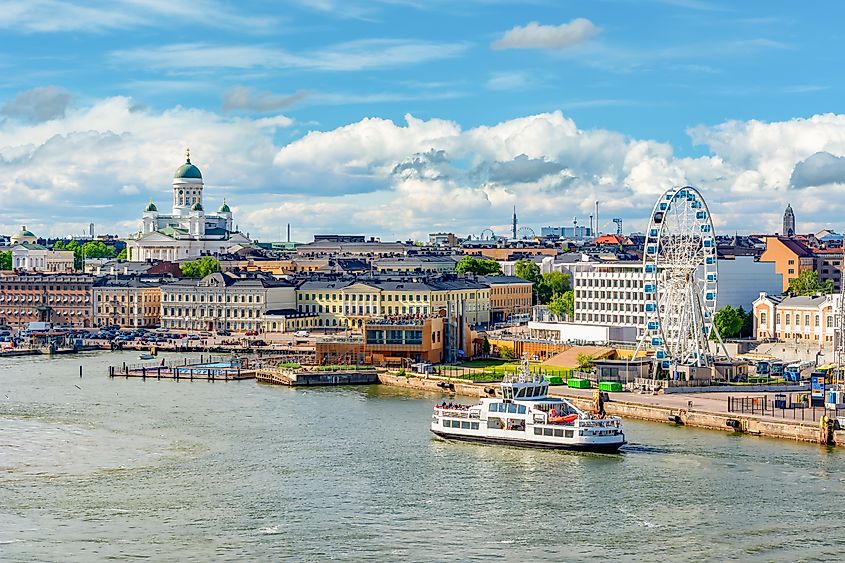
Finland, a Nordic country in Northern Europe, is extremely far from fault lines, with the nearest sitting at nearly 1,300 miles (2,100 kilometers) away in Iceland and the second nearest about 1,500 miles (2,400 kilometers) away, near Italy. While Finland does record seismic activity annually, nearly all of it is human-induced, from mining activities or explosions. Seismologists recorded a 2.6 magnitude earthquake in 2011, but an earthquake of this magnitude is essentially not felt by the average person. Finland does not have high risks of other natural disasters, although it may have an occasional wildfire or flood.
7. Denmark
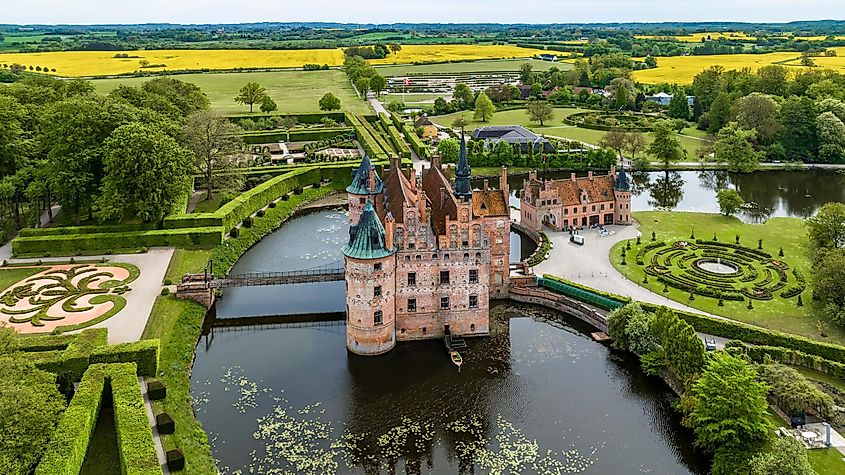
Denmark, also a Nordic country and slightly southwest of Finland, has very few earthquakes per year. The earthquakes that Denmark has recorded are essentially always low-magnitude and non-damaging to buildings and infrastructure. The nearest major plate boundary to Denmark is the African-Eurasian boundary, at approximately 1,200 miles (1,930 kilometers) of distance. While not at risk for earthquakes, Denmark is at fairly high risk for floods. Due to climate change, heavy rainfalls and floods have become an increasing concern in Denmark. In 2023, the country saw record numbers of rain and storm surges, causing several damaging floods.
8. Latvia
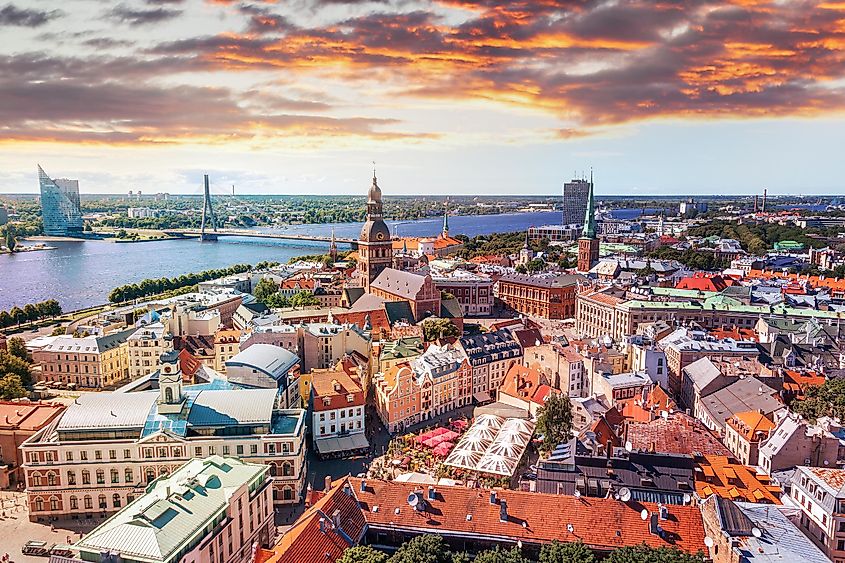
Situated in Northeastern Europe along the Baltic Sea, Latvia is about 1,100 miles from major fault lines. As a result, earthquakes are nearly non-existent, with natural earthquakes not exceeding a 3 in magnitude. However, Latvia is at high risk for flooding, especially in the spring when heavy rains and melting ice often cause rivers to overflow. In 2023, a fierce storm blew through Latvia, consisting of massive hailstones and harsh winds. This destructive storm resulted in one death, several injuries, and catastrophic damage to crops, food yields, and forests.
9. Ireland

Ireland is a Northwestern European country with very few earthquakes. While Ireland’s neighbor, Great Britain, experiences various weak and moderate earthquakes annually, Ireland has a thick, strong lithosphere beneath it that contributes to the lack of tremors. Great Britain in comparison has a thinner, warmer lithosphere that offers less protection. Ireland sits at about 800 miles (1,300 kilometers) from the nearest plate boundary, which intersects through Iceland. Like Denmark, Ireland is at high risk for floods. Some of the worst floods in history occurred in 2008 in Ireland, with 15 counties affected and one person dying.
10. Uruguay
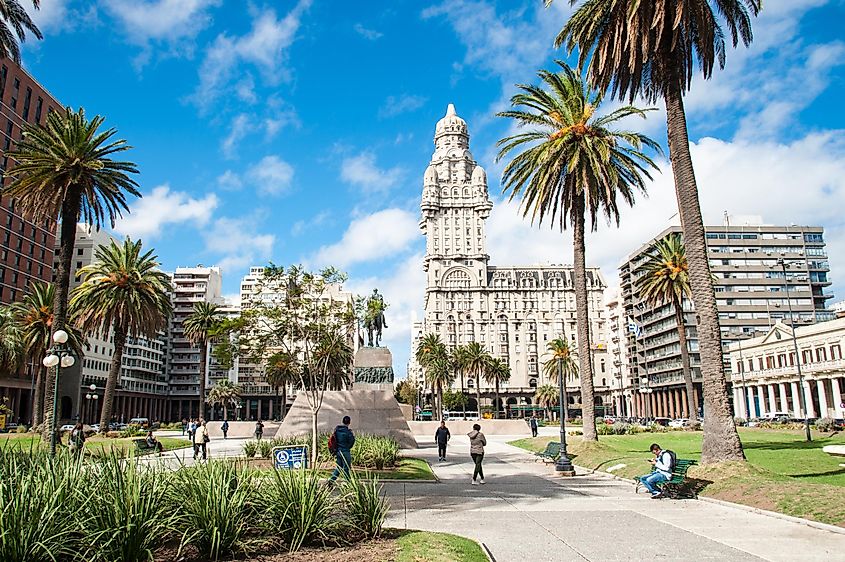
Uruguay, located in South America along the Atlantic coast, is one the countries with the lowest earthquake risk in the Americas. It lies approximately 1,000 miles from a major fault line, making earthquakes extremely limited. If and when earthquakes occur, they are essentially always low in magnitude. While Uruguay does not have much risk present for earthquakes, it is at high risk for floods, due to its coastal location and heavy rainfalls.
Final Thoughts
While some countries listed here may boast low earthquake risks due to their geographical locations, it is important to recognize that no nation is entirely immune to the threat of natural disasters. Even those least vulnerable to earthquakes face significant risks from other environmental hazards. Understanding these risks and implementing effective preparedness measures is crucial for protecting communities and minimizing the impact of such events. Through global collaboration and proactive measures, countries can better adapt to the ever-changing landscape of natural disasters and build resilience for a safer future.
